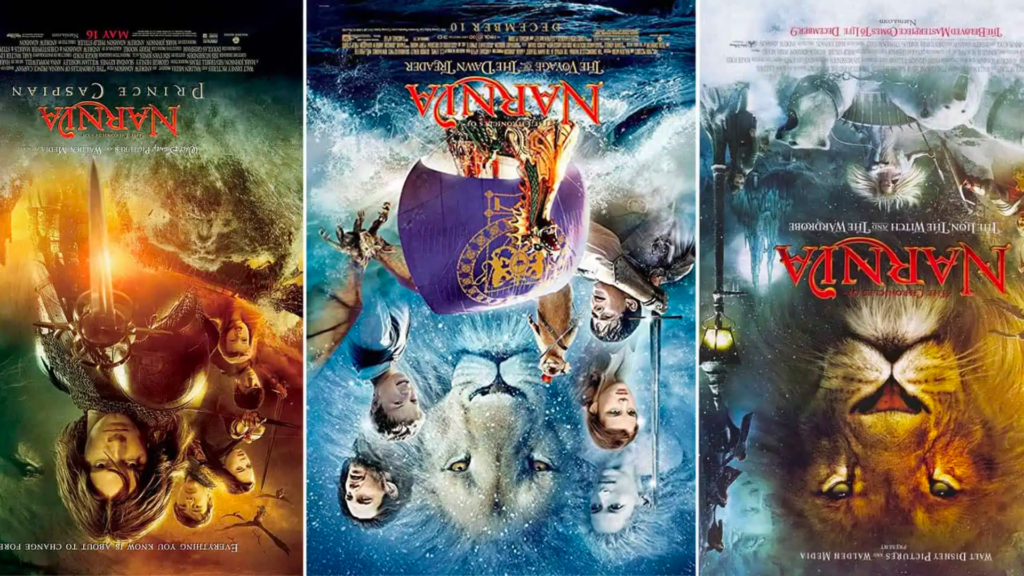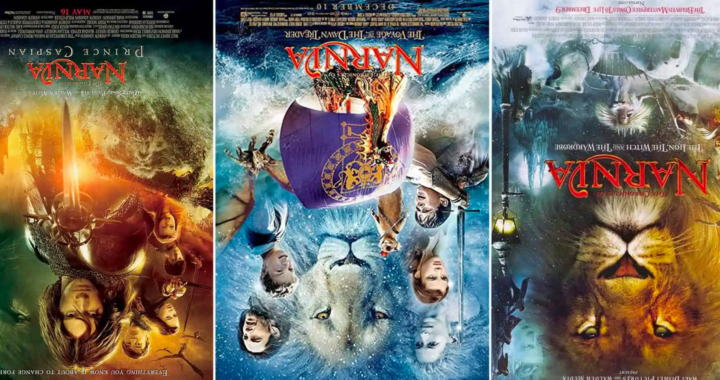
Why is it that recent editions of the Chronicles of Narnia are arranged in Chronological Order? Well, it can be traced back to this letter which Lewis wrote to a boy called Laurence Krieg…
“Dear Laurence
I think I agree with your order for reading the books more than with your mother’s. The series was not planned beforehand as she thinks. When I wrote The Lion I did not know I was going to write any more. Then I wrote P. Caspian as a sequel and still didn’t think there would be any more, and when I had done the Voyage I felt quite sure it would be the last. But I found I was wrong. So perhaps it does not matter very much in which order anyone reads them. I’m not even sure that all the others were written in the same order in which they were published. I never keep notes of that sort of thing and never remember dates.”
Excerpt From
The Collected Letters of C.S. Lewis, Volume 3
Lewis’ secretary, Walter Hooper says:
*[From Walter Hooper]:“Mrs Krieg believed the Narnian books should be read in the order in which they were published, while Lewis agreed with Laurence that they be read chronologically according to Narnian time. In the summer of 1963 Lewis had Walter Hooper write down the order in which he preferred the stories to be read: The Magician’s Nephew; The Lion, the Witch and the Wardrobe; The Horse and His Boy; Prince Caspian; The Voyage of the ‘Dawn Treader’; The Silver Chair; and The Last Battle. Regarding the order in which the stories were written, see Companion and Guide, ‘The Writing of the Narnias’, pp. 401–5.”
Our Andrew Lazo wrote to Laurence and received this reply:
Hello Andrew – Thanks for asking about the ordering. You’ve made me think it through again.
I advocated reading the books in Narnian chronological order (which you generously call “my order”) because I was enthusiastic about logic and was just learning about rational thought at the age of six or seven. Doing things in chronological order seemed logical and rational to me then. At the time, it appeared to be the only sensible way to read the books – to use current terminology, it seemed like a “no-brainer”, and I was surprised my mother thought it was worthwhile to ask Lewis about it.
Now in my sixties, I’ve come more to appreciate Lewis’s reply, to the effect that it doesn’t much matter in which order people read the stories. I didn’t realize until years after Douglas recommended reordering them, that they had been reordered.
When I think of my grandson, who will be six in a couple of years, starting out with the Magician’s Nephew, I’m not at all sure it would work. MN and The Last Battle are the two “darkest” of the series, so starting with MN might frighten kids off. True, all the Narnia books end happily. I suppose for me one of the scariest parts of MN was the immanent death of Digory’s mother. We now know the personal importance of that to Lewis, who was about Digory’s age when his own mother died of cancer. I’m not sure I’d have let my mother finish reading me the story if I didn’t already have faith in Aslan and his ability to make Good come out of evil. I still get tears in my eyes when I read the part where Digory begs Aslan to heal his mother, and Aslan says he and Digory are the only two creatures in the world who have tasted sorrow. That’s heavy reading for young children unless, having had a similar experience themselves, they find comfort in knowing how much Aslan cares.
All good wishes,
Laurence Krieg
For me, the following line both starts and ends the argument:
“And now a very curious thing happened. None of the children knew who Aslan was any more than you do; but the moment the Beaver had spoken these words everyone felt quite different.”
C.S. Lewis, The Lion, the Witch and the Wardrobe
…which is clearly untrue under current, mistaken chronological ordering.
